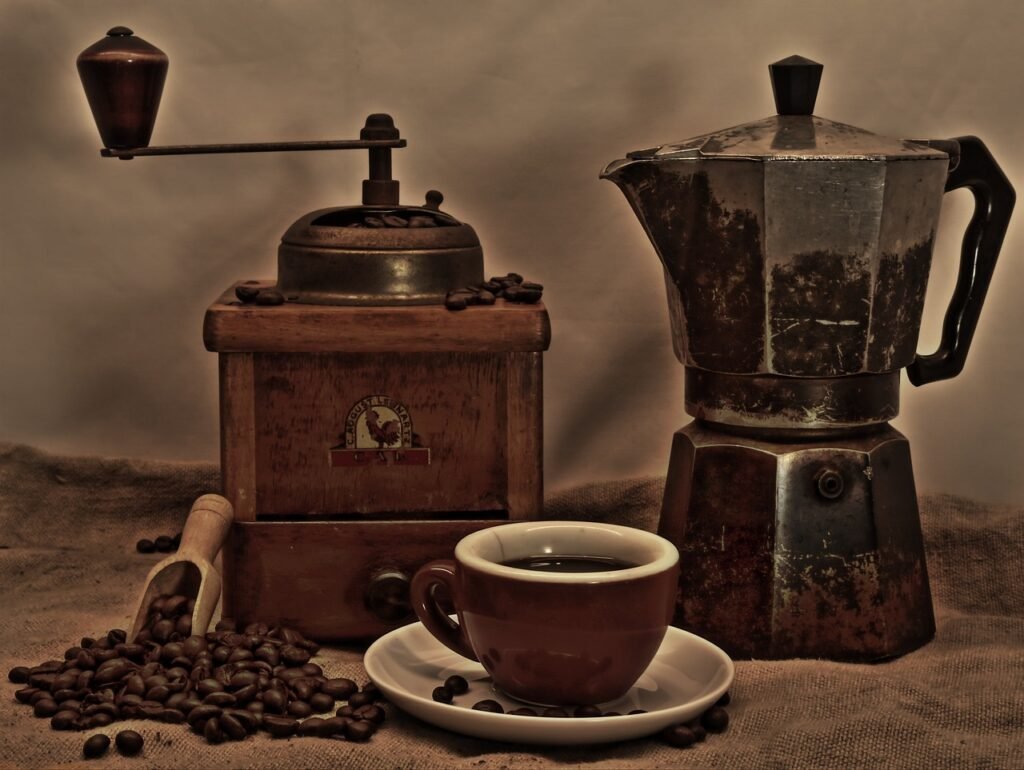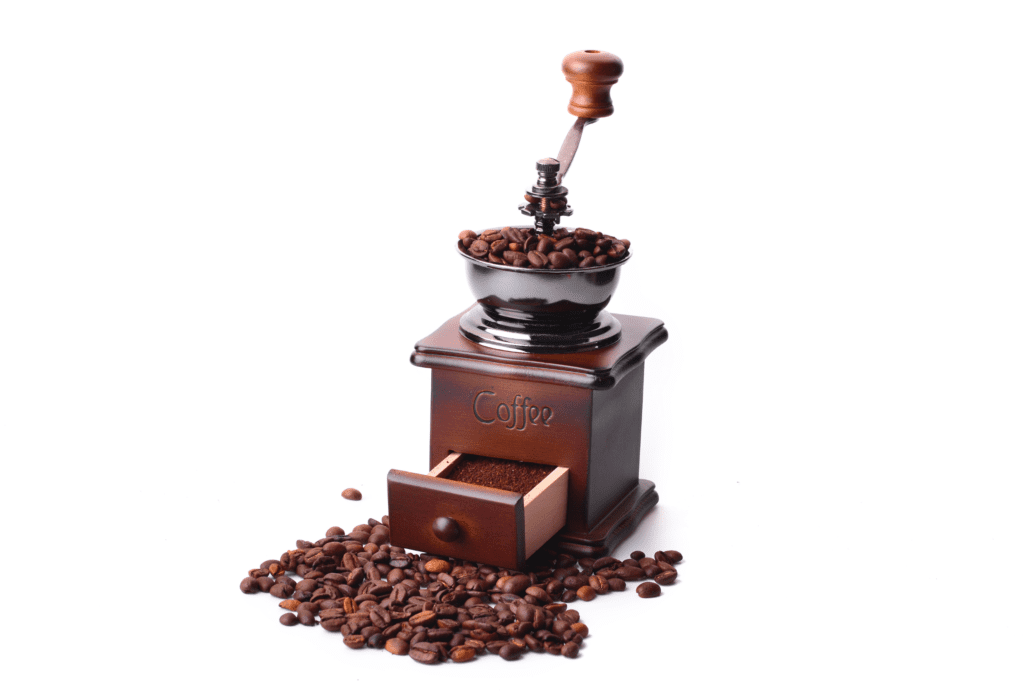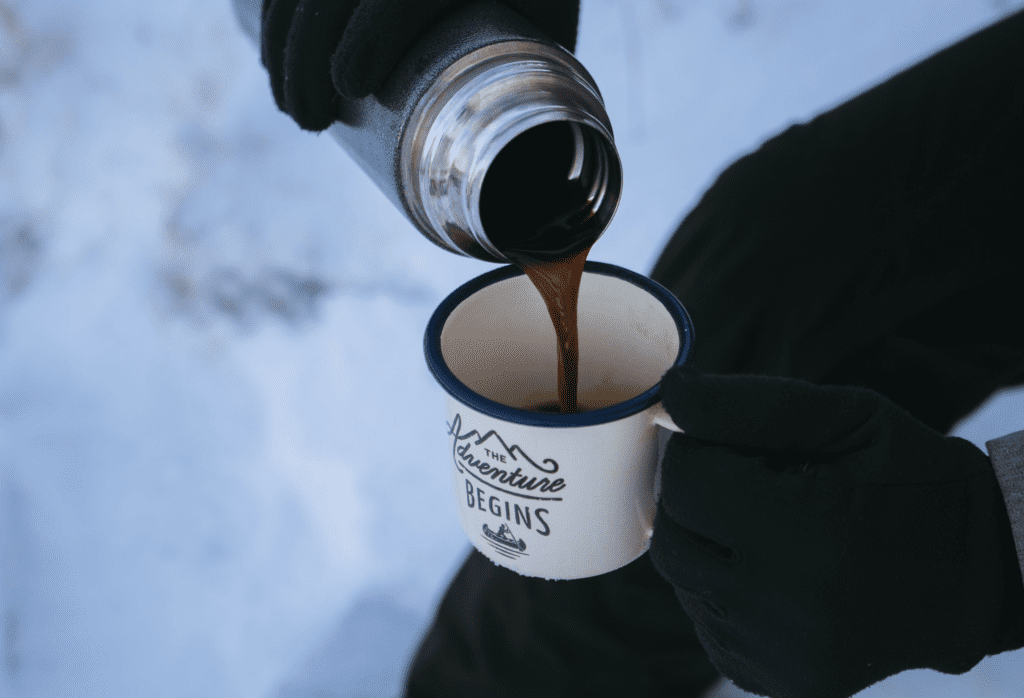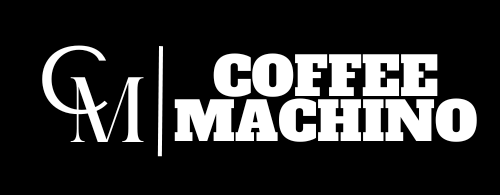COFFEE MACHINES ACCESSORIES: A GUIDE FOR COFFEE LOVERS

Coffee is a super popular drink enjoyed by lots of people worldwide. Whether you like a simple black coffee or a fancy latte, making good coffee involves more than just the beans. You need the right tools, and we call them coffee machine accessories.
Coffee machine accessories are like helpers. They help you measure, grind, filter, and serve your coffee. These tools make your coffee taste better, smell better, and be more consistent. They also make it easier for you and can even save you money.
Many coffee machines, like drip, espresso, French press, and pod machines, need special accessories to work correctly. This guide will tell you about the important accessories, the extra ones that are nice to have, and some advanced accessories for different coffee machines. We’ll also give you tips on buying, taking care of, and keeping your coffee accessories in good condition.
ESSENTIAL COFFEE MACHINE ACCESSORIES
These are the accessories that you need to have in order to brew coffee with any type of machine. They are the basic components that affect the quality and taste of your coffee.
COFFEE FILTERS

Coffee filters are the materials that separate the coffee grounds from the brewed coffee. They prevent the grounds from getting into your cup and affecting the flavor and texture of your coffee. They also help to reduce the amount of oils and sediments that can cause bitterness and acidity in your coffee.
There are three main kinds of coffee filters: paper, metal, and cloth. Each type has good and not-so-good things about it. Pick the one you like best and that works well with your coffee machine.
Paper filters: Paper Filters are the most popular and easy-to-find coffee filters. They’re throwaway, budget-friendly, and simple to use. While they give you a clean cup of coffee with fewer oils and bits, they can also soak up some of the coffee’s flavor and smell and create extra paper waste.
Metal filters: Metal Filters are long-lasting, eco-friendly, and can be used again. They let more oils and particles through, giving your coffee a richer taste. However, they need more cleaning and care, and the metal used can affect the coffee’s flavor.
Cloth filters: Cloth filters, though not as common, are also reusable. They make a smooth cup of coffee with some oils and bits. But, they need frequent washing, and if not cleaned properly, they might hold onto bacteria and mold.
The filter you pick depends on your coffee machine. Drip machines typically use paper filters, while espresso machines use metal ones. French press and pod machines don’t need filters since they have their own systems to separate the coffee grounds.
COFFEE GRINDER

A coffee grinder is a tool that crushes whole coffee beans into small pieces. Grinding your own coffee beans can make your coffee taste much better and fresher. This is because you have control over how finely or coarsely the beans are ground, and it impacts the flavor of your coffee.
Coffee grinders mainly come in two types: blade and burr. Each type has its own positives and negatives.
BLADE GRINDERS: Blade grinders are the simplest and most budget-friendly coffee grinders. They use a spinning blade to chop coffee beans into uneven pieces. They’re easy to use and clean, and they can grind coffee quickly. However, the uneven grinds they produce may lead to over-extraction or under-extraction of your coffee. Additionally, they generate heat and noise, impacting the quality and aroma of your coffee.
BURR GRINDERS: On the other hand, burr grinders are a pricier and more intricate type of coffee grinder. They employ two rotating burrs to crush coffee beans into consistent particles. Burr grinders offer precision and adjustability, allowing you to grind coffee to various sizes and shapes, suitable for different types of coffee machines. Nevertheless, they require more cleaning and maintenance and can be bulkier and heavier.
The choice between these grinders also hinges on your coffee machine type. Drip machines typically need a medium grind, espresso machines require a fine grind, French press machines call for a coarse grind, and pod machines don’t require a grinder since they use pre-ground coffee.
COFFEE SCALES

A coffee scale is like a tool that tells you how much your coffee and water weigh. Weighing your coffee and water is a really good way to make sure your coffee always tastes the same and is just right. This is because it helps you use the perfect amount of coffee and water, making your coffee strong and flavorful.
There are two main kinds of coffee scales: digital ones and manual ones. Both have their own good and not-so-good things, so you can pick the one that works best for you and your coffee maker.
DIGITAL SCALES: Digital scales are like the high-tech versions of coffee scales. They run on batteries or electricity and are super accurate and easy to use. They show you how much your coffee and water weigh in grams or ounces. Some even come with timers and extra features, but they can be a bit pricey and delicate.
MANUAL SCALES: On the other hand, manual scales are the more old-fashioned kind. They work with springs or balances to measure your coffee and water. They’re straightforward and reliable but may need calibration and adjustment from time to time. The downside is they can be a bit off and inconsistent.
Choosing between the two depends on your coffee machine. Drip machines like a specific coffee-to-water ratio, usually 1:15. Espresso machines prefer a different ratio, around 1:2. French press machines go for 1:10, while pod machines don’t need a scale because they use pre-measured coffee and water.
WATER FILTRATION SYSTEMS

A water filtration system is like a special tool that cleans and makes your water better. The water you use for making coffee is crucial because it affects how your coffee tastes and how good it is for you. More than 90% of your coffee is water. When you use filtered water, it helps remove things like chlorine, minerals, and other stuff that can change how your coffee smells and tastes. It also stops your coffee machine from getting damaged.
There are different kinds of water filtration systems, like pitchers, faucets, and filters. Each type has good things and not-so-good things, so you should pick the one that you like and that works well with your coffee machine.
PITCHERS: Pitchers are a common and easy way to make sure your water is clean. They’re simple to use, you can take them anywhere, and they’re not too expensive. Inside, there’s a special part that cleans your tap water by taking out things like chlorine and lead. But, keep in mind they don’t hold a lot of water, you have to change that special part often, and they can be a bit big and heavy.
FAUCETS: Faucets are a bit fancier and do a better job at cleaning your water. You put them directly on your faucet, and they give you clean water whenever you want. They use a special process to take out things like chlorine and lead. However, getting them set up needs an expert, and you have to take care of them regularly, which might be tricky. Also, they can be a bit pricey and complicated.
FILTERS: Filters are the simplest way to clean your water, and you can attach them to different things like your sink or fridge. Inside, there’s a part made of carbon or charcoal that cleans your water by removing things like chlorine. But, you need to change and clean that part often, and it might affect how fast the water comes out.
Which water filter you pick depends on the kind of coffee machine you have. Drip machines usually have a filter built-in, while espresso machines need a separate one. French press machines don’t have a filter at all, and pod machines need their filter changed regularly.
OPTIONAL COFFEE MACHINE ACCESSORIES
These are the accessories that you can have to enhance your coffee experience, but are not necessary to brew coffee with any type of machine. They are the extra components that add variety, convenience, and fun to your coffee.
MILK FROTHER

Milk frothers are tools that make milk bubbly and warm. They create a thick, creamy foam that can make your coffee taste better by adding texture, sweetness, and richness. You can use frothed milk to make different coffee drinks like cappuccinos, lattes, and macchiatos.
There are two kinds of milk frothers: manual ones that you use with your hands, and electric ones that work with a power source. Each type has good and not-so-good things about them, so pick the one that fits what you like and works well with your coffee machine.
MANUAL FROTHER: Manual frothers are the cheaper and simpler type of milk frothers. They are handheld, battery-operated, and easy to use. They use a whisk or a plunger to create foam by agitating the milk. However, they also produce less foam, require more effort, and do not heat the milk.
ELECTRIC FROTHER: Electric frothers are the more expensive and complex type of milk frothers. They are standalone, electric, and automatic. They use a heating element and a spinning disk to create foam by heating and aerating the milk. However, they also require more cleaning, maintenance, and space, and can be noisy and fragile.
The type of milk frother you use also depends on the type of coffee machine you have. For example, drip machines do not have a milk frother, while espresso machines have a steam wand that can froth milk , French press machines do not have a milk frother, while pod machines have a compatible milk frother that can be attached to the machine.
COFFEE TAMPER

A coffee tamper is a tool that squashes and smoothens the coffee grounds in the espresso machine’s portafilter. When you make espresso, pressing down the coffee grounds is really important because it affects how the coffee comes out and the pressure it gets.
Two main things matter when you tamp the coffee: how hard you press (force) and how flat the coffee surface is (levelness). The force is about how much pressure you use, and levelness is about how even the coffee grounds are. The right force and levelness depend on the kind and size of the portafilter, the coffee grind size and how it’s spread, and what the person making the coffee likes.
There are different kinds of coffee tampers, like flat, convex, and calibrated. Each type has good and not-so-good points. You should pick the one that fits your skills and your espresso machine the best.
There are different kinds of coffee tampers, and each works a bit differently:
FLAT TAMPERS: These are simple and common. They press coffee grounds evenly with a flat base. They’re easy to use and clean, fitting most portafilters. However, using them properly may need some practice, as they can leave air pockets or channels in the coffee.
CONVEX TAMPERS: These are more advanced. They have a curved base, creating a slight dome in the coffee grounds. They’re designed to prevent air pockets and channels, improving water flow and coffee extraction. But, they need more skill and adjustment and may not work with all portafilters.
CALIBRATED TAMPERS: These are modern and a bit pricey. They have a spring-loaded mechanism for a consistent force on the coffee grounds. Great for beginners and pros, as they remove guesswork. However, they need more maintenance and calibration, and they can be a bit heavy.
The type of tamper you use depends on your espresso machine. Manuals need manual tampers, automatics have built-in tampers, and pod machines don’t need tampers because they use pre-packed coffee pods.
TRAVEL MUGS AND THERMOSES

A travel mug or thermos is like a special cup that keeps your coffee hot or cold for a long time. When you use one, you can enjoy your coffee while you’re on the move, and it will still be just as warm or cool as when you poured it.
These mugs come in different materials like stainless steel, plastic, and ceramic. Each type has its own good and not-so-good things about it. You should pick the one you like best and that works well with your coffee maker.
Stainless steel travel mugs and thermoses are super strong and work really well. They’re made of a tough metal that doesn’t rust or get damaged easily. Plus, they have special insulation that keeps your coffee hot for a long time. But, some people don’t like that they can make your coffee taste a bit like metal. Also, they’re pricier and a bit tricky to clean.
Plastic travel mugs and thermoses are the most common and cost the least. They’re made of lightweight plastic, which is easy to handle and won’t break the bank. They keep your coffee warm for a while, but some folks don’t like that plastic taste. They’re not as tough as the metal ones and aren’t great for the environment.
Ceramic travel mugs and thermoses look really nice and natural. They’re made of a smooth material and usually come with a handy lid to prevent spills. However, they don’t keep your coffee hot for as long, and they can break more easily.
The type of travel mug or thermos you pick also depends on your coffee machine. Drip machines work well with most mugs. Espresso machines need a special cup. French press and pod machines usually have a matching mug or thermos that fits just right. Choose what works best for you!
ADVANCED COFFEE MACHINE ACCESSORIES
These are the accessories that you can have to elevate your coffee experience, but are not essential to brew coffee with any type of machine. They are the sophisticated components that add functionality, customization, and innovation to your coffee.
SMART SCALES AND TIMERS

Smart scales and timers are like helpers for your coffee routine. They link up with your phone or tablet using Bluetooth or Wi-Fi and work with coffee apps to improve your coffee-making. These tools provide accurate and on-the-spot info, tips, and support while you brew your coffee.
You have options like digital, analog, and hybrid smart scales and timers. Each type has its own good and not-so-good points, so choose the one that suits your taste and works well with your coffee machine.
Digital Smart Scales and Timers:
Digital smart scales and timers are the newest and most high-tech devices. They have a screen that shows you the weight, time, and other details when you’re making coffee. They come with a timer to help you keep track of how long your coffee is brewing. These smart scales can connect to apps that give you recipes and tips for brewing the perfect cup. However, keep in mind that they need batteries or electricity, and they can be a bit pricey and complicated.
Analog Smart Scales and Timers:
Analog smart scales and timers are the classic and simpler devices. They have a dial or a needle that shows you the weight, time, and other info while brewing coffee. They come with a manual timer to monitor the brewing time. They can work with coffee apps that offer basic information and feedback. But, they need to be calibrated, and sometimes they might not be very precise.
Hybrid Smart Scales and Timers:
Hybrid smart scales and timers are a mix of both digital and analog features. They might have a digital display and a dial or a built-in timer along with a manual one. These scales aim to give you the best of both worlds – accuracy and convenience, as well as simplicity and reliability. However, they might need more upkeep and compatibility, and they can be a bit bulky and confusing.
The type of smart scale and timer you choose depends on your coffee machine. Drip machines usually work well with digital smart scales and timers, while espresso machines are better suited for analog ones. French press machines go well with hybrid smart scales and timers, but pod machines don’t need a smart scale and timer since they are already automated.

